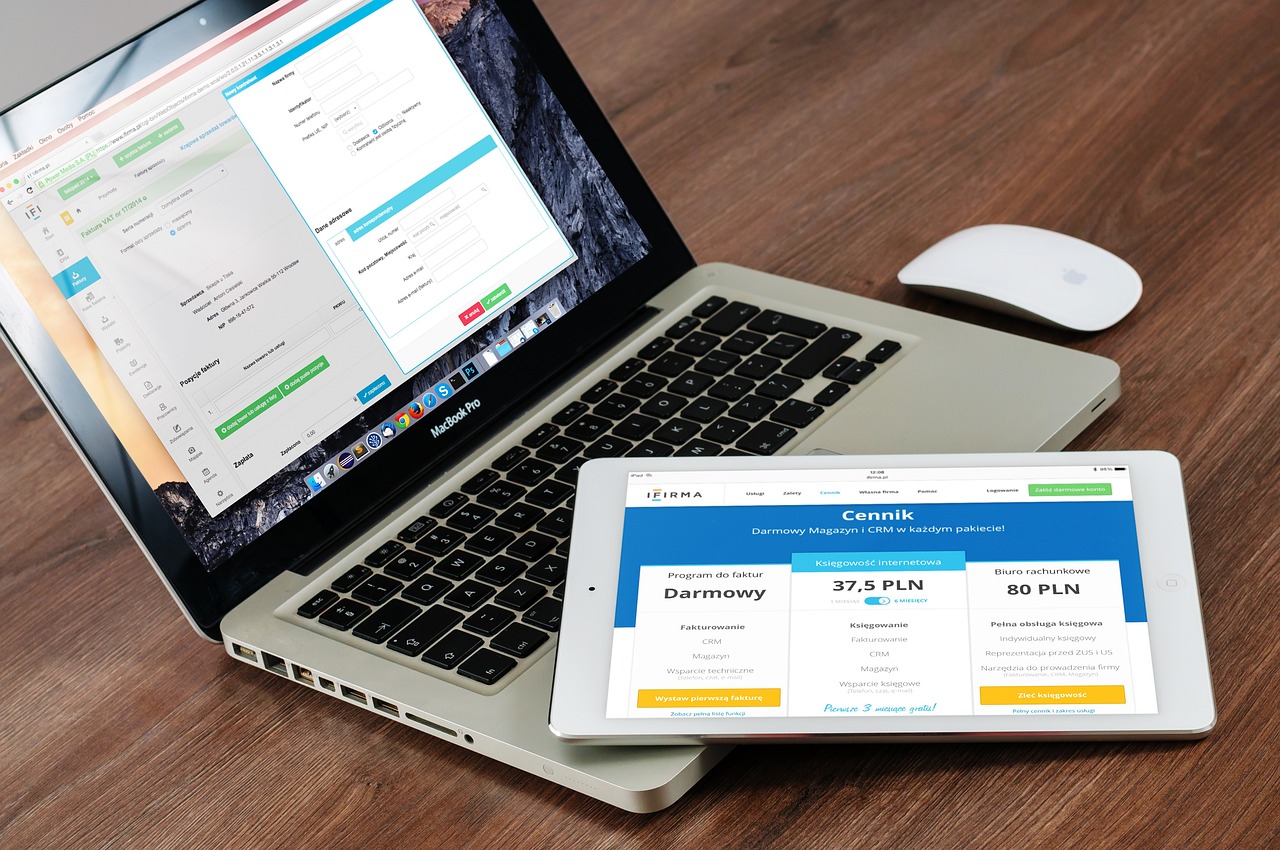Introduction:
User experience (UX) is a vital factor in the success of digital products and websites. User interface (UI) design plays a pivotal role in delivering a seamless and enjoyable user experience. In this blog post, we will explore the significance of UI design in enhancing user experience and discuss effective strategies to optimize UI for improved user engagement.
Understanding User Interface Design:
User Interface Design encompasses visual and interactive elements that facilitate user interaction with digital products. It includes components such as layout, typography, color schemes, icons, buttons, and navigation menus. The objective of UI design is to create an intuitive and user-friendly interface that guides users through their journey.
Importance of UI Design in UX:
UI design holds immense importance in enhancing user experience through its focus on usability, accessibility, and aesthetics. A well-designed UI enhances usability by offering clear and intuitive navigation, making it easier for users to achieve their goals. It also ensures accessibility by considering the needs of diverse user groups, including those with disabilities or language barriers.
Moreover, UI design contributes to the aesthetics of a digital product, making it visually appealing and engaging. The visual appeal captures users’ attention, creates a positive impression, and ultimately leads to increased user engagement and longer visit durations. A visually pleasing UI also contributes to building brand identity and establishing credibility.
Strategies for Optimizing UI for Better User Engagement:
To optimize UI design for enhanced user engagement, consider implementing the following strategies:
- User-Centered Design: Prioritize the needs and preferences of your target users. Conduct user research, gather feedback, and perform usability testing to gain insights into their behaviors, expectations, and pain points. Incorporate this knowledge into your UI design to create a personalized and tailored experience.
- Consistent and Intuitive Navigation: Design a navigation system that maintains consistency throughout the entire product or website. Use clear labels, logical hierarchy, and familiar icons to guide users seamlessly. Ensuring users can easily navigate between pages or sections and find what they seek without confusion is crucial.
- Responsive Design: With the increasing use of mobile devices, responsive design is essential. Adapt your UI to different screen sizes and resolutions, ensuring optimal viewing and interaction experiences across devices.
- Visual Hierarchy: Establish a clear hierarchy of information using visual cues such as size, color, and contrast. Highlight important elements and guide users’ attention towards key features or actions. This enables users to quickly understand the structure and prioritize their interactions.
- Streamlined Forms and Inputs: Simplify form fields and input requirements to reduce friction. Employ features like autocomplete, smart defaults, and clear error messages to make the process seamless and error-free.
- Feedback and Animation: Provide visual feedback for user actions to acknowledge their interactions. Incorporate subtle animations and transitions to create a smooth and delightful experience, thereby enhancing user engagement.
Conclusion:
User Interface Design plays a critical role in enhancing User Experience (UX). By prioritizing UI design, you can create a positive and seamless user experience, leading to increased user engagement, satisfaction, and ultimately, the success of your digital product or website. Implementing user-centered design principles and optimizing navigation, responsiveness, visual hierarchy, forms, and feedback will significantly contribute to the overall user experience. Invest in UI design to create a captivating and user-friendly interface that leaves a lasting impression on your users.
